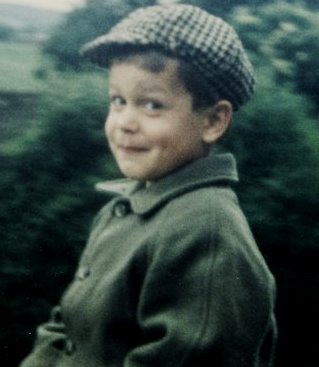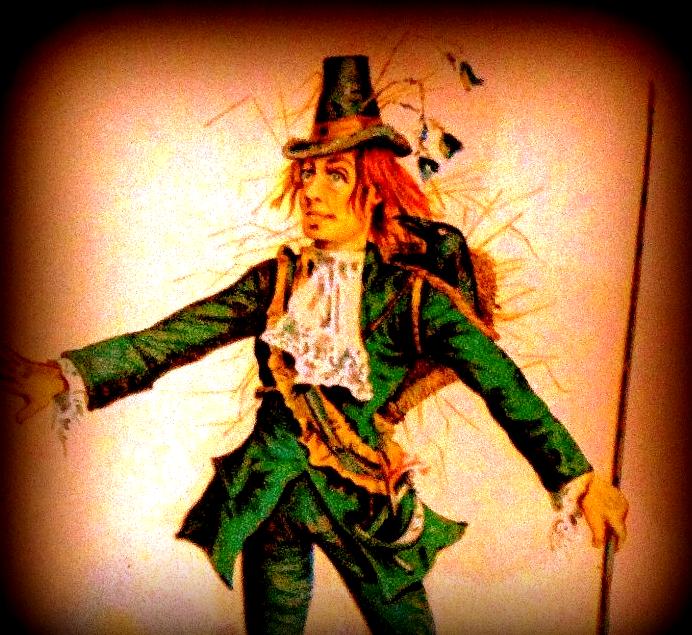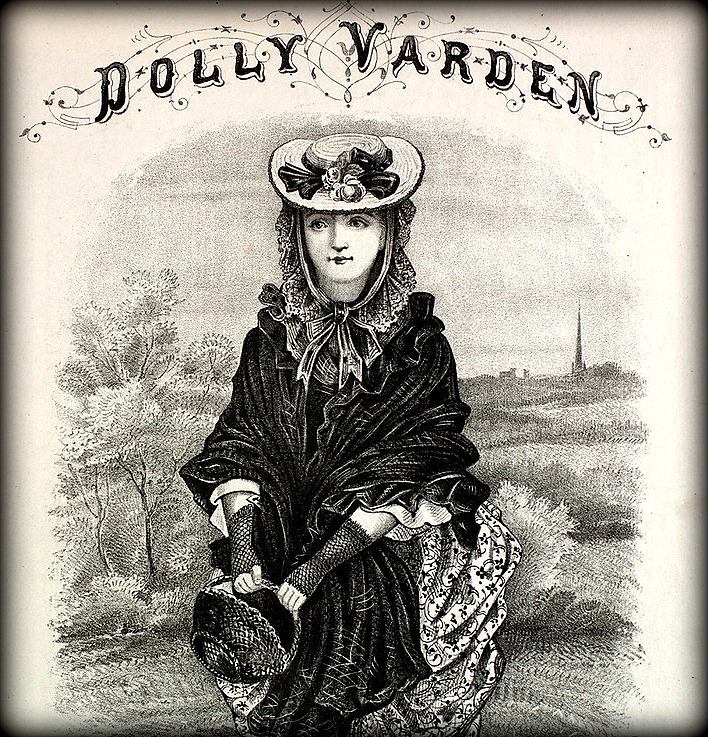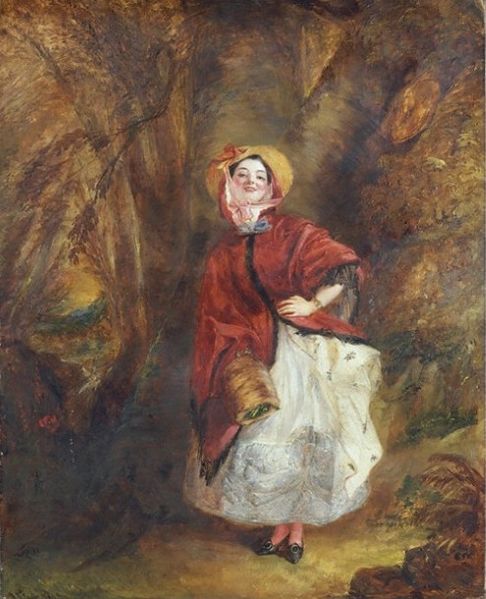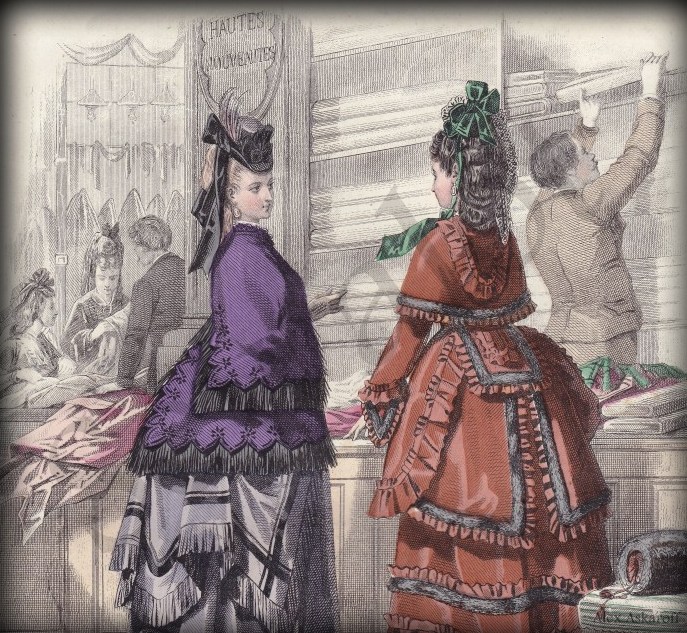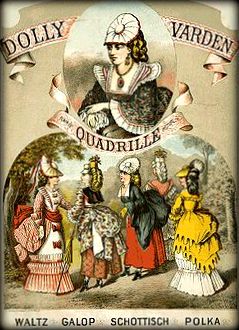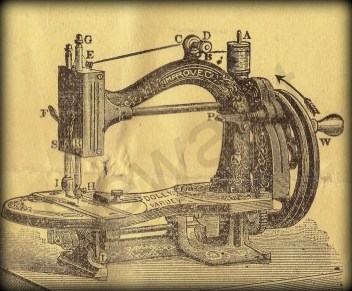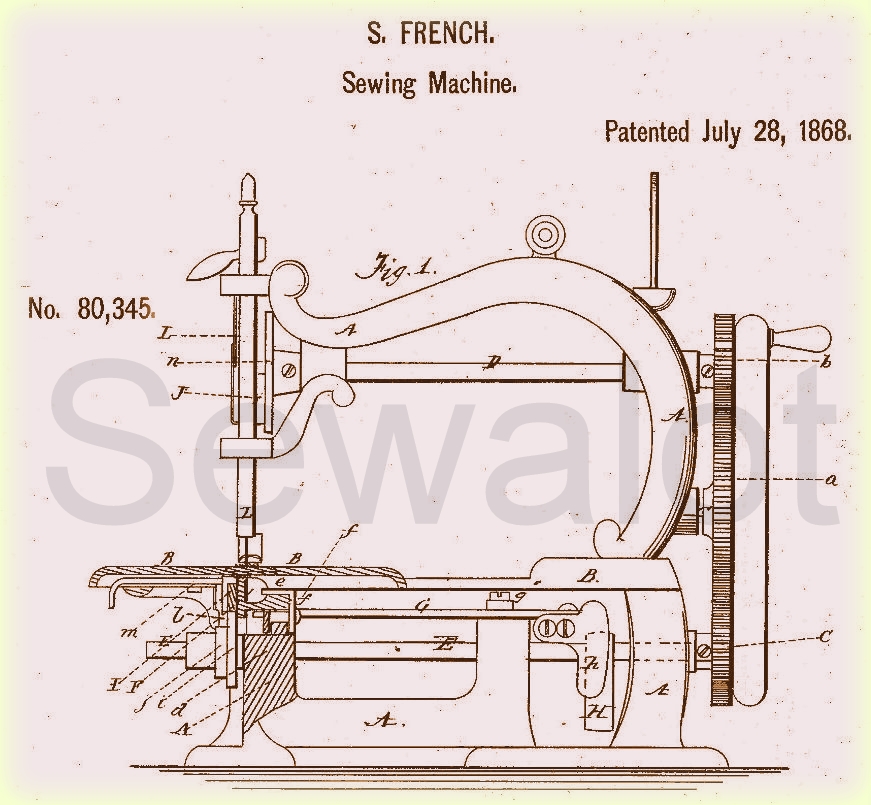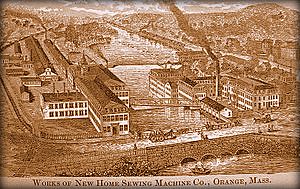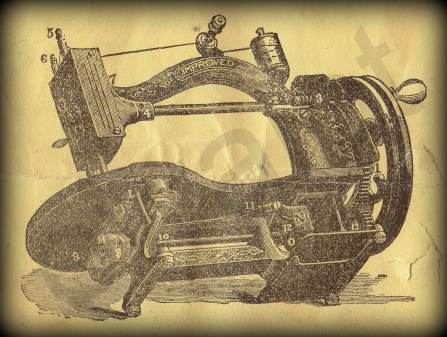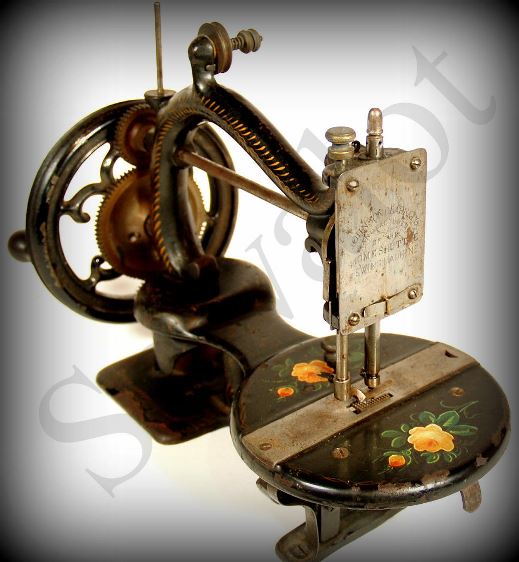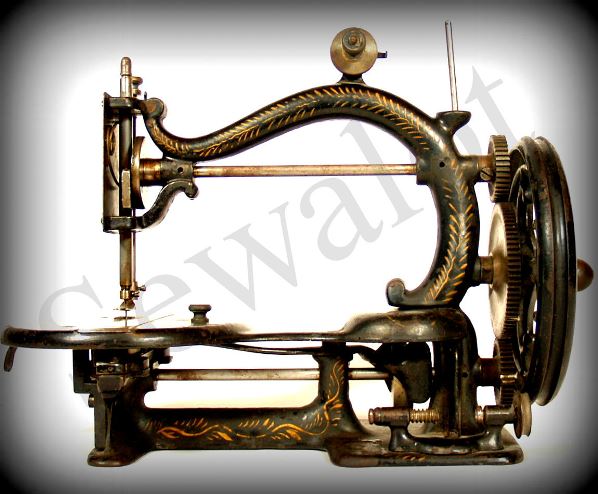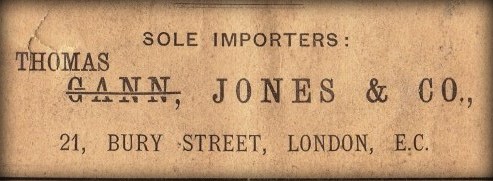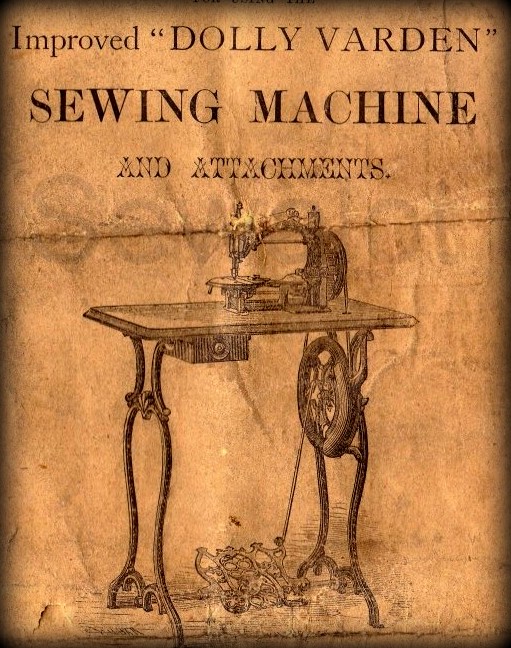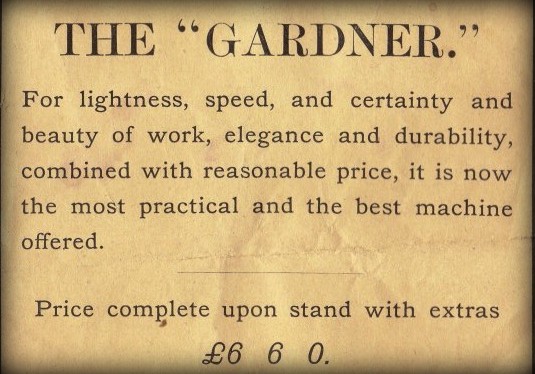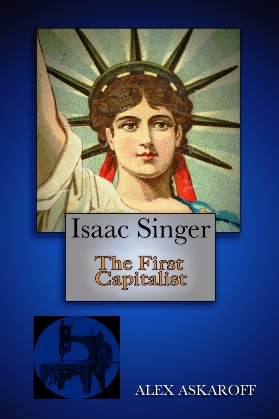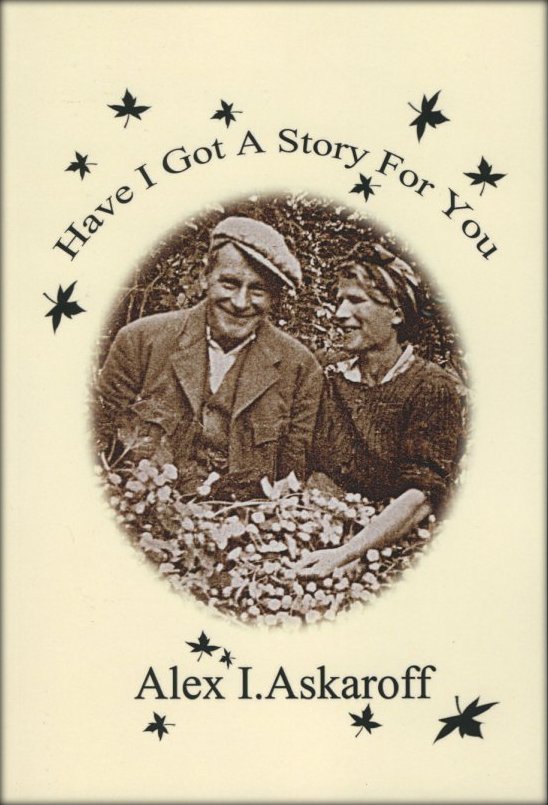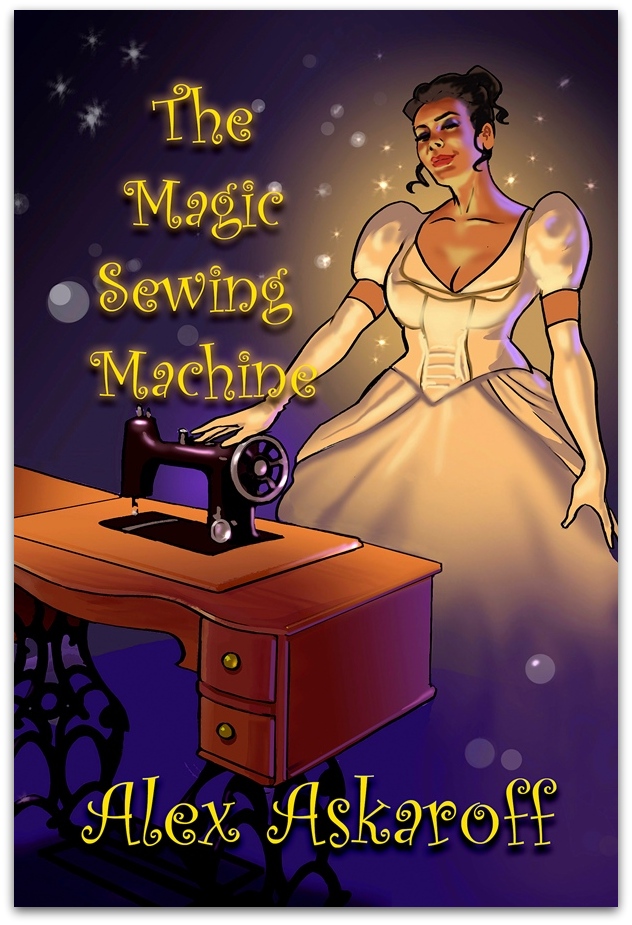|
||||
|
|
Alex I Askaroff
Alex has spent a lifetime in the sewing industry and is considered one of the foremost experts of pioneering machines and their inventors. He has written extensively for trade magazines, radio, television, books and publications worldwide.
Over the last few decades Alex has been painstakingly building this website to encourage enthusiasts around around the Globe. See Alex Askaroff demonstrating antique sewing machines on YouTube: |
|||
|
The Dolly Varden Sewing Machine Gold Medal Sewing Machine Company Incorporating Johnson, Clarke & Co What on earth has Barnaby Rudge and Dolly Varden got to do with sewing machines and how was Charles Dickens involved? It is a fascinating tale of how powerful fashion and global networking was long before our modern world of computers and the Internet.
The Dolly Varden period is almost unique in the history of fashion as it was based around one man's fictional description of a character that never even existed. Let me tell you the story of a craze that swept the world, all because of Charles Dickens. For a brief period the term Dolly Varden was widely used in dresses and many other things. It is generally understood to mean a brightly patterned flowery object, like a dress, always highly decorated and normally adorned with flowers. The dresses were often with a polonaise overskirt gathered up and draped over an underskirt. The overskirt was typically made from printed cotton fabric and sometimes chintz, but it was also made from other materials such as cashmere, lightweight wool, silk, muslin and so-on. The Dolly Varden sewing machine below may just be the machine I love most. It is beautiful, practical and superbly engineered. Let me tell you how this fascinating machine got its name and a little of her history.
The Dolly Varden craze was brief from about 1869 to 1880 in Britain and the United States, peaking in 1873. By 1889 there were still a few dress patterns sold in the Dolly Varden style. It could be said that it was a short rebirth in the 1870's of the more flamboyant fashions of the 1780's. The dresses were similar to the bright polonaise dresses of that early period. So who was Dolly? Dolly Varden was a flamboyant tease of a character that Charles Dickens created in his book Barnaby Rudge, set in 1780. Dolly Varden was the sweet daughter of a Gabriel, a London locksmith, who lived in the days of King George III. The red-lipped, flirtatious, locksmith’s daughter attracted men to her like bees to nectar. "Gabriel stepped into the road, and stole a look at the upper windows. One of them chanced to be thrown open at the moment, and a roguish face met his; a face lighted up by the loveliest pair of sparkling eyes that ever locksmith looked upon; the face of a pretty, laughing, girl; dimpled and fresh, and healthful—the very impersonation of good-humour and blooming beauty.” Dolly was possibly the most enduring character from Charles Dickens story. In her cherry-coloured hat, ribbons and bright polonaise dresses millions fell in love with her. Dolly was also a favourite of the man who brought her to life, some people say he also fell in love with his own creation. More likely it was based on someone that he knew. His ability to describe people and places was second to none. Charles even kept a
portrait of her in his home which he had commissioned from the famous
artist William Frith. A few years after Dickens died in 1869 his
portrait of Dolly Varden (one of several by Frith) was put up for sale. It created enormous public
interest. Dolly Varden to the Rescue of fashion. Fashion in the late 1860's like today was always looking for new ideas and suddenly a bright flamboyant style hit the streets. 'Sweet, fresh, jaunty English trim. Neat and coquettish, with bright quilted petticoats.' "All the fashion writers inform us that the Dolly Varden style of dress is to be the rage the coming summer." There was not just dresses there was a Dolly Varden hat, a large floral hat worn dropping on one side, and parasols. There were Dolly Varden paper dolls. A New York dry goods store opened and titled itself the “Dolly Varden Store” full of flamboyant fashion that blew the stuffy styles away. The fashion swept across from Britain to America and any new frivolous style of highly decorated objects from sewing machines to umbrellas were all named after Dolly. Products galore were being named after our fictitious character, even music.
Have you seen my little girl? She doesn’t wear a bonnet. The name made its way farther afield, too. A mine in Nevada opened named 'The Dolly Varden'. An explorer in Dakota gave the name to his type of canoe and also to a lake. Even a political party took up the name! There was a race horse named Dolly Varden, cakes galore, and poetry, even a trout! Laura Minski of Corvus Design is currently working on an interpretive sign for the Skagway Trail in Alaska (where the Dolly Varden Trout feed in the creeks). She will use my picture of the Dolly Varden sewing machine in the sign. The trout name came about because of Valerie Gomez's grandmother. I'll explain... In the early 1870's Valerie Gomez's grandmother (who's actual name is a mystery) had just bought the latest style Dolly Varden dress of sheer fine muslin which she wore over a bright-coloured (English spelling) petticoat. She had just read Barnaby Rudge when she came across some fishermen looking down at their catch of trout on the McCloud River in northern California (at the time they were referred to as 'calico trout or char' because of their colourful red-spotted spawning colours) they instantly reminded her of Dolly in the Dickens story. She suggested to the fishermen that they should call their trout the 'Dolly Varden Trout' and the name stuck. So who actually made the Dolly Varden sewing machines? The Dolly Varden was in fact an American sewing machine made by one of the earliest sewing machine companies. The Gold Medal Sewing Machine Company The Gold Medal Sewing Machine Company was established in 1860 prior to the American Civil War. From 1860 to 1868 the Gold medal Sewing Machine Co produced some beautiful and basic machines including chain stitch machines. Johnson, Clarke & Co All that changed in April of 1867 when they moved to Orange Massachusetts and formed a company with Clarke as president, John Wheeler as Secretary in charge of finance and Stephen French (who had the most experience of sewing machine manufacture) became works manager.
Around 50,000 Home shuttle sewing machines were produced over the next 10 years at their factory in Orange Massachusetts. Today it is one of the most widely sought after collectors models and just beautiful to look at. The Dolly Varden was a version of the Home Shuttle by French with much more elaborate decoration to catch the trend of the period and was produced for a short period between 1868 to 1878. The last Dolly Varden model was simply and improved Home Shuttle. Many Home Shuttle and Dolly Varden machines have patent stamps pre-dating these dates but they were probably patents used under license on their machines from other sewing machine manufacturers like Howe and Wheeler & Wilson.
Dolly was quite flirtatious girl, wearing her fabulous dresses and hats one of which was green with pink polka dots. That may be the Dolly Varden sewing machine was decorated with green, pink and red dots. Certainly it was the perfect name to hit the high fashion of the day.
This beauty came up on Ebay in March of 2016 and I just missed it. I would have loved to have an original Johnson, Clark & Company, Home Shuttle Sewing Machine but as luck would have it some other collector beat me to it. Still maybe next time. You can still see the hand painted flowers, not as flamboyant as The Dolly Varden but still stunning.
Dolly Varden and Home Sewing Machines The Dolly Varden and Home Sewing Machines were good sellers in Britain as Dolly is where the name originated. Because Johnson Clark & Co did not have premises here, to begin with they used agents until they were set up themselves in late 1870's. Gann, Jones & Co Gann & Jones were successful hosiers and outfitters with premises at 171 Fenchurch Street, and 21 Bury Street, London. Around 1868 they started to sell sewing machines amongst their range of products. They looked around at what was available and answered adverts placed by Johnson, Clark & Co for agents in Britain.
In 1874 the fist assignment of Dolly Varden machines arrived at London Docks and were unloaded and shipped to their warehouse. Gann and Jones had a falling out shortly after and Jones continued on his own even keeping on Gann's cousin Joseph Horlock Gann.
Thomas Jones & Co The split in the partnership was sudden enough to even mess up the new instructions for the Dolly Varden and many front covers simply have the name Gann crossed through and replaced with Thomas (Jones' Christian name). Interestingly Thomas Jones produced his own monthly trade magazine The Sewing Machine Chronicle, which was a great way to advertise and promote the new Dolly Varden amongst his other products to the retail sewing trade. After a bitter falling out with Joseph Horlock Gann Thomas Jones and Joseph Gann ended up in court over supplies of the Dolly Varden. Apparently Johnson, Clark & Co were nearly set up to supply the Dolly Varden themselves and so stopped supplying Thomas Jones. However a sudden supply of Dolly Varden machines were being sold by Gann, whether he was allowed to sell them I never found out but it all ended in court though no prosecutions were made in the hazy muddle of conflicting evidence.
Gardner Sewing Machines Other imported machines by Thomas Jones were, the Gardner sewing machine Gardner Sewing Machines of Hamilton, Ontario, Canada (1871-1886). From Gardner he also sold the Royal Sewing Machine which Thomas Jones renamed the Royal Birmingham Sewing Machine. That was cheeky and made to imply it was a British machine made by The Royal Sewing Machine Co in Birmingham. Possibly a stab at them for not supplying him and quite legitimate. Thomas Gann imports The Dolly Varden sewing machine The Royal Birmingham sewing machine The Gardener sewing machine The Lady sewing machine The Victory sewing machine The Indispensable sewing machine Dolly Varden and Home Shuttle sewing machines wholesaled for £1. 15s in 1875 and retailed for £4.4s. In the early 1880's Johnson, Clarke & Co (now Gold Medal) had become New Home Sewing Machine Co, named after its best selling sewing machine that was so well known to the public. After many changes, and 150 years, the New Home name is still on some sewing machines but now the company that owns the name is Janome. Now to my Dolly Varden Sewing Machine sewing machine... Alice Fullard was moving home and downsizing. When the family cleared out the loft her granddaughter Melanie spotted a heap of curtains in the far corner of the loft. She sent her partner up to get them to throw in the skip with the rest of the rubbish. To their amazement wrapped inside was this amazing Dolly Varden sewing machine. Alice had no idea it was there and thought it had probably been there well before she moved in many years earlier. Melanie put the machine on Ebay and I luckily outbid everyone for the machine. I don't think that I have ever seen such a near perfect specimen of Victorian engineering in this simply astounding condition. I oiled her and she started stitching as if she had never stopped. She is now one of the prizes in my Sewalot collection. She is so sweet I almost expect her to burst into song any moment... |
||||
|
News Flash! Most of us know the name Singer but few are aware of his amazing life story, his rags to riches journey from a little runaway to one of the richest men of his age. The story of Isaac Merritt Singer will blow your mind, his wives and lovers his castles and palaces all built on the back of one of the greatest inventions of the 19th century. For the first time the most complete story of a forgotten giant is brought to you by Alex Askaroff. News Flash! Alex's books are now all available to download or buy as paperback on Amazon worldwide.
"This
may just be the best book I've ever read."
"My five grandchildren are
reading this book aloud to each other from my Kindle every Sunday.
The way it's written you can just imagine walking
beside him seeing the things he does. News Flash! Alex's books are now all available to download or buy as paperback on Amazon worldwide.
|
||||
|
Well that's it, I do hope you enjoyed my work. I have spent a lifetime collecting, researching and writing these pages and I love to hear from people so drop me a line and let me know what you thought: alexsussex@aol.com. Also if you have any information to add I would love to put it on my site. Oh my hair has gone grey since this picture hey-ho.
Fancy a funny read: Ena Wilf & The One-Armed Machinist See Alex Askaroff on Youtube http://www.youtube.com/watch?v=8-NVWFkm0sA&list=UL
|
||||
|
|
|
|||
|
CONTACT: alexsussex@aol.com Copyright ©
As a
new collector I have found your site
has increased my knowledge in
a short time to a degree
that I couldn't have
imagined.
|
||||
